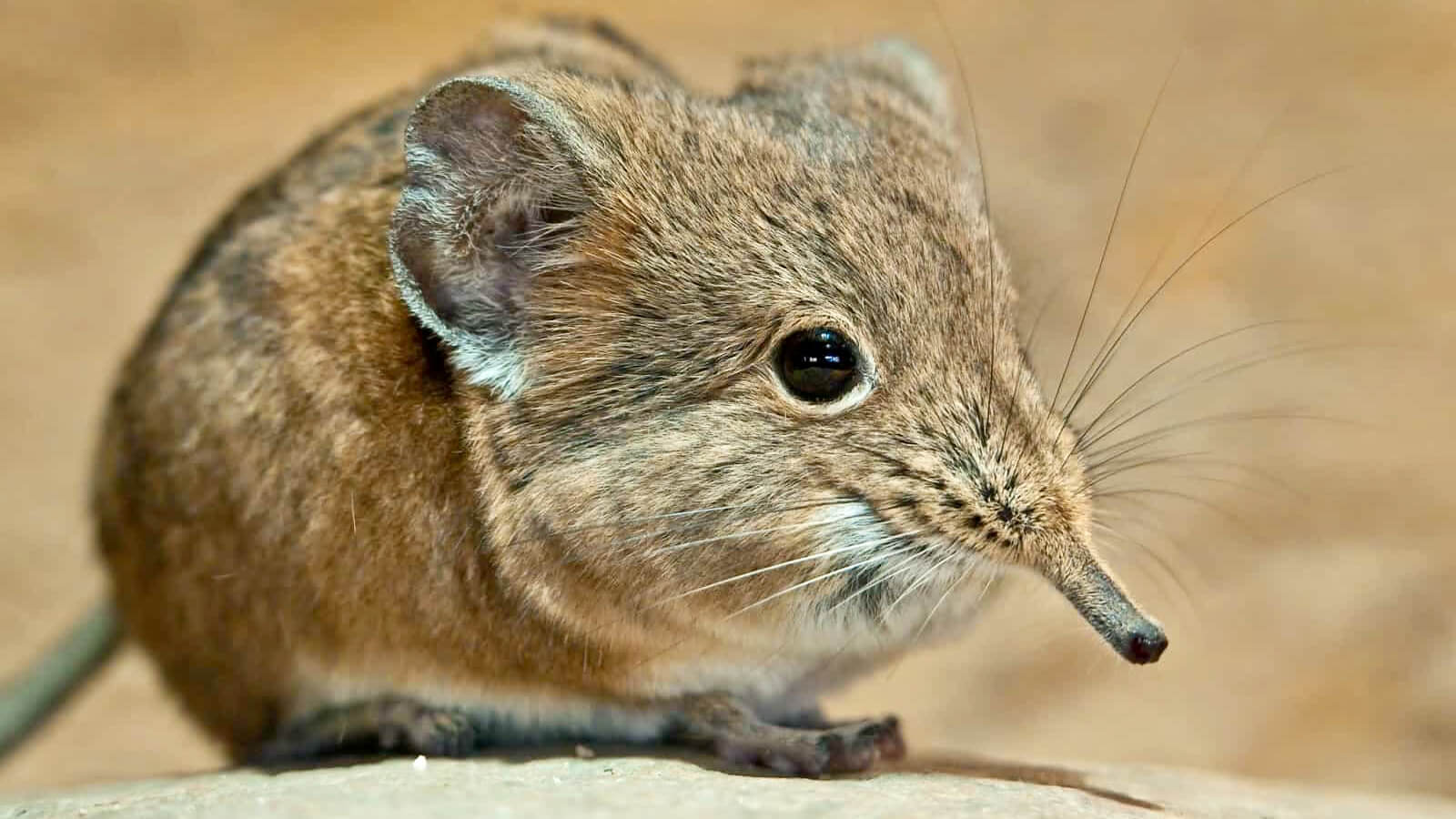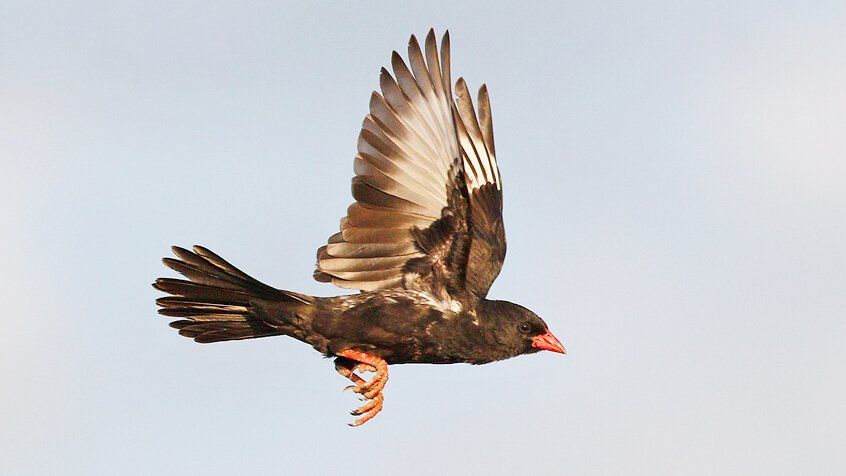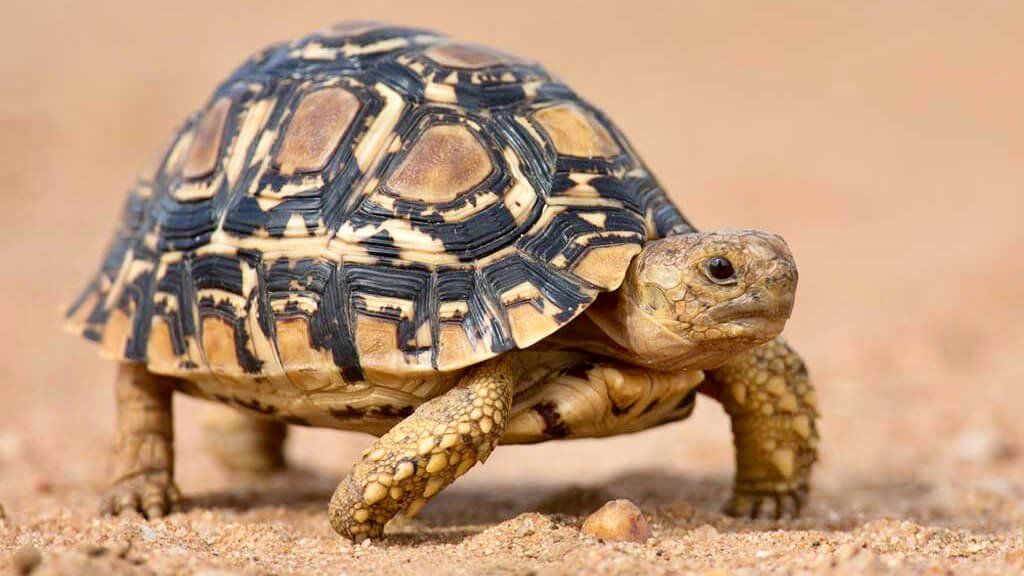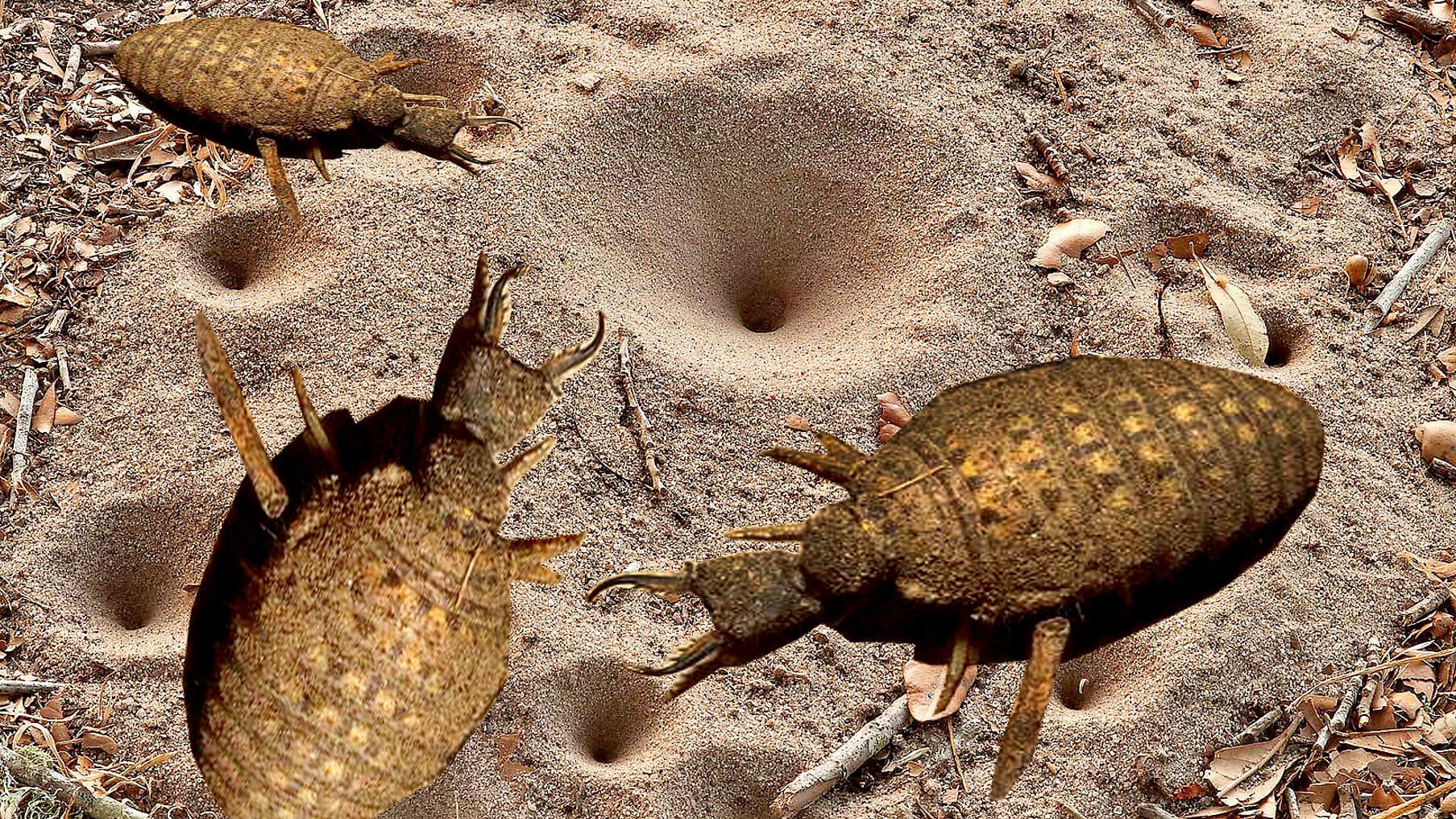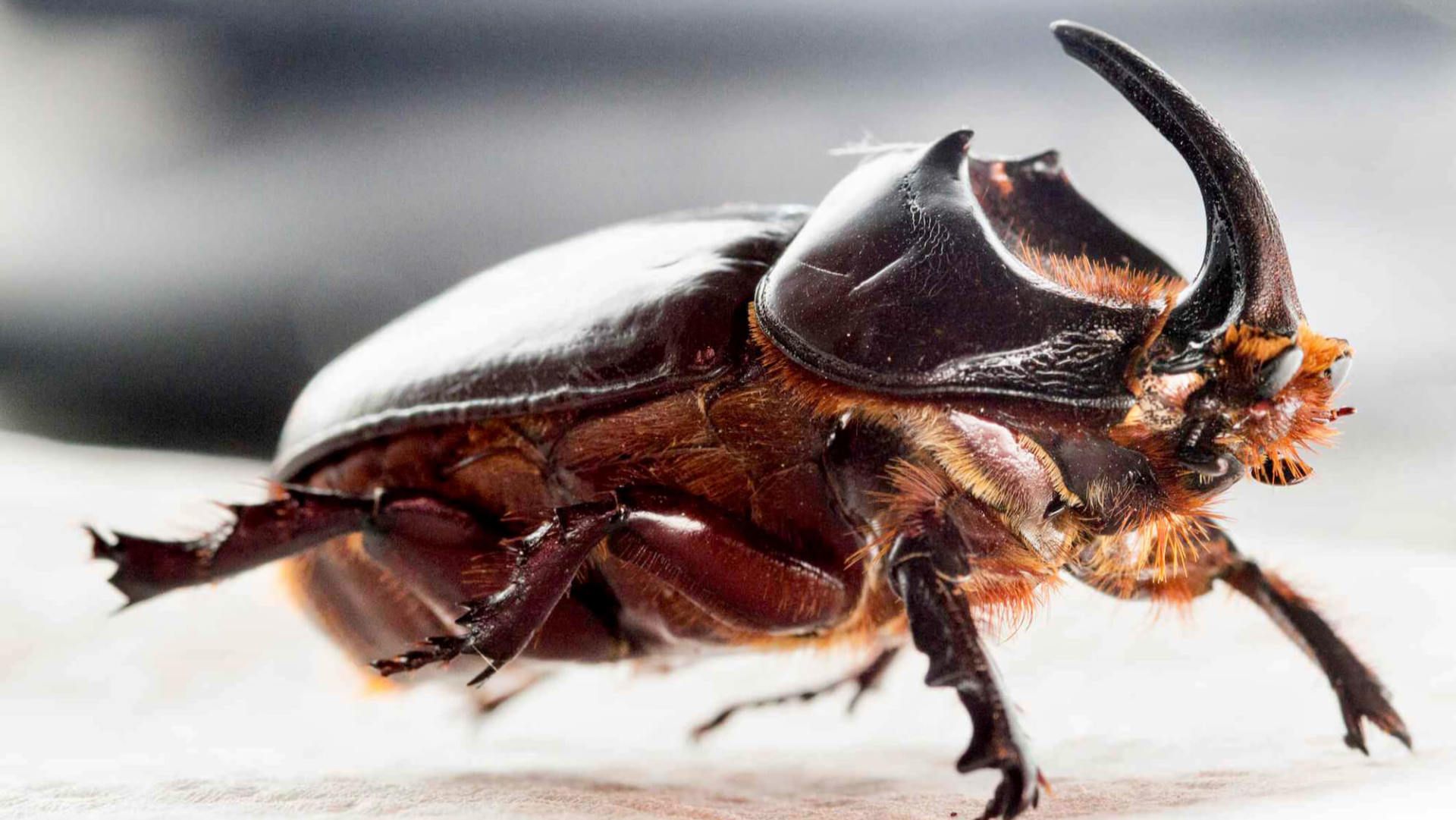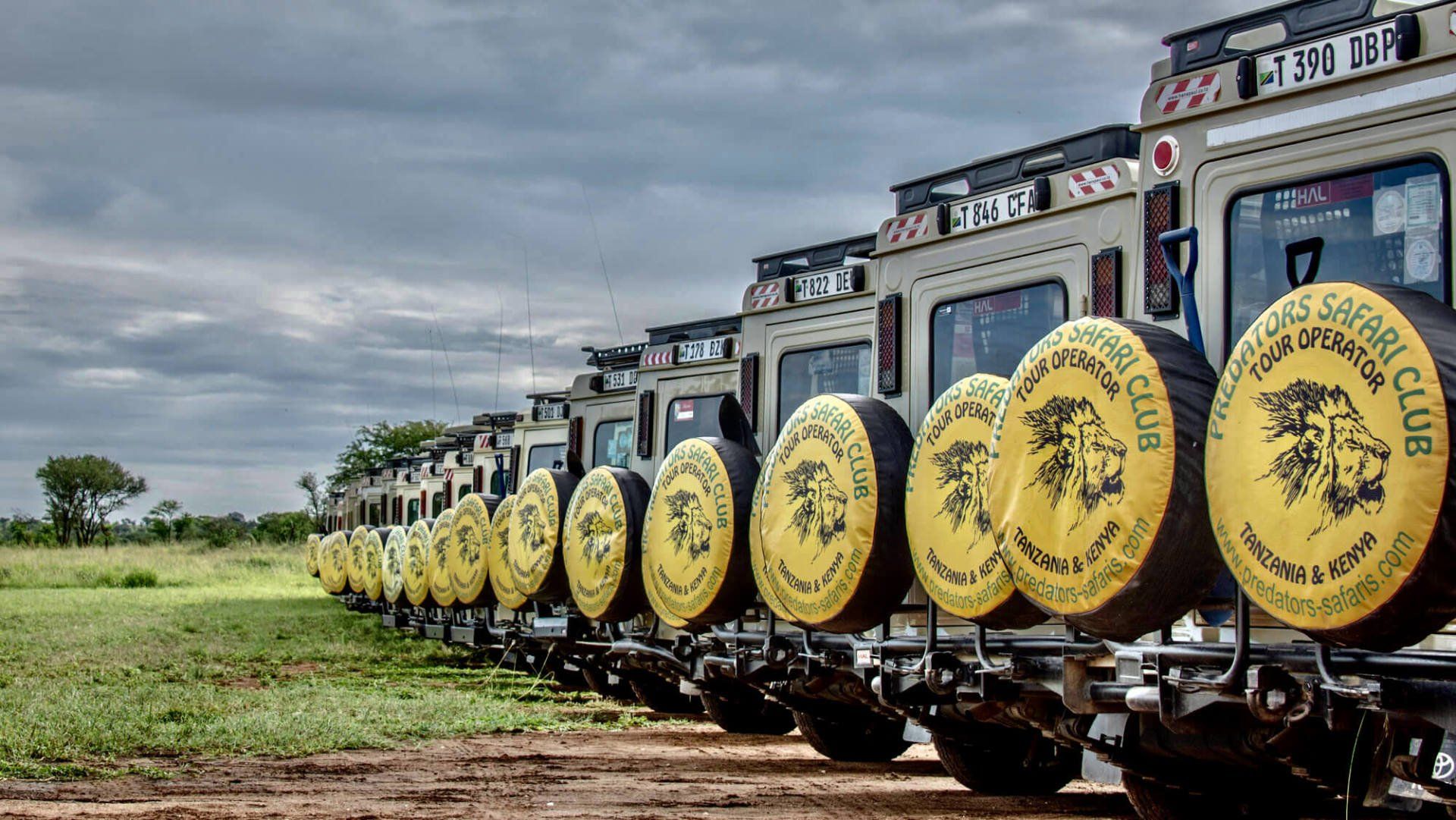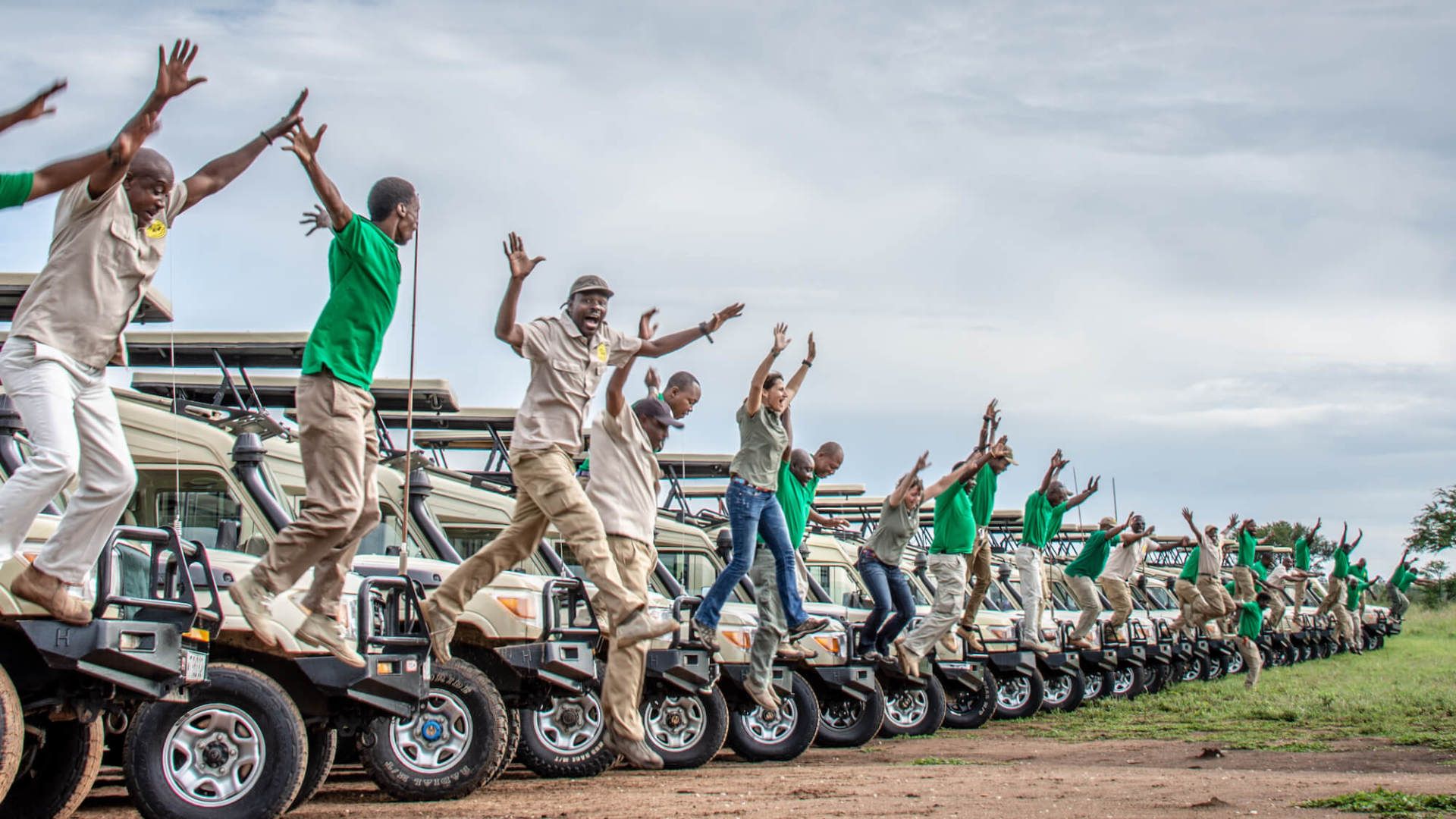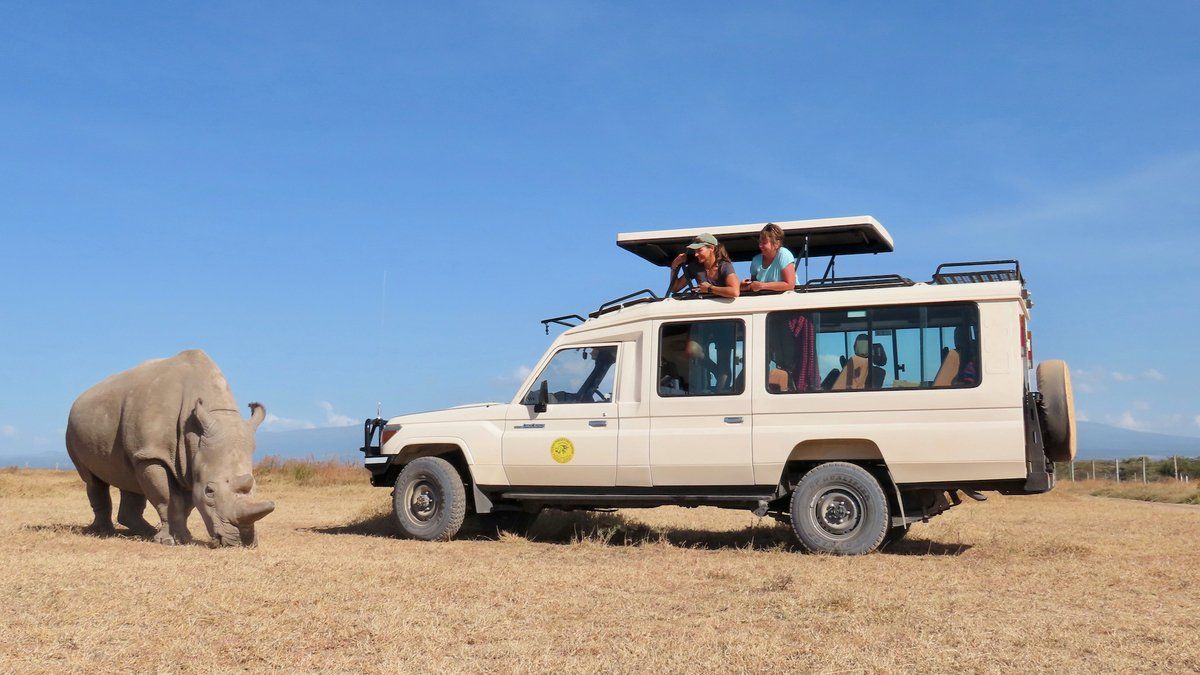Blog Layout
Let us introduce you to the lesser-known "Small 5", whose names relate to their bigger counterparts ("Big 5": the elephant, lion, buffo, leopard, and rhino).
ELEPHANT SHREW
The golden-rumped elephant shrew
is endemic to Kenya; you find the grey-faced shrew
in the Udzungwa Mountains of south-central Tanzania, and the black and rufous elephant shrew
lives in both Kenya and Tanzania.
- Definite resemblance to the Elephant nose and trunk
- Feeds on small insects such as ants and termites
- Up to 20 species of Elephant Shrew can be found varying in colour and size.
- The newborn shrews will remain in their nests for a few days before venturing out.
*Elephant shrews are maybe the cutest of Africa's 'Small 5'. It measures 260 mm, and the tail is longer than the head and body length, and it weighs about 60 grams.
RED-BILLED BUFFALO WEAVER
The Red-billed Buffalo-weaver
and the White-headed buffalo-weaver
are found in Kenya and Tanzania. They are typically associated with dry savanna areas.
- Natural Habitat: Dry Savannah
- Feeds on insects, seeds and fruit
- Leaving the nests between 20 to 23 days
*Female will take on more than a single mate (bigamous).
LEOPARD TORTOISE
The Leopard tortoise lives in the savannas of Kenya and Tanzania. The leopard tortoise favours semi-arid thorny to grassland habitats but seems to thrive anywhere from coastal to mountainous landscapes. It can cope with the heat as well as extreme cold, aridity as well as humidity.
- Fourth largest reptile specie of tortoise in the World
- Native to Southern and Eastern parts of Africa
- Natural Habitat: Coastal plains and semi-arid grasslands and scrub-lands
- Feeds on herbivore fruit, grass, succulent plants
- Can survive between 80 to 100 years in the wild
- The base of the shell is called the "plastron", and its shape differs between the sexes. A female has a flat plastron, while a male has a concave one.
- The Leopard Tortoise is the only tortoise that can raise its head as it has no nuchal shield.
*Never pick one up during winter as it will eject it's stored urine and water as a deterrent. The Tortoise store water during the dry winter months and use it for hydration.
ANT LION
An ant lion is widespread in Africa and found in Tanzania and Kenya.
- They are known for the fiercely predatory habits of their larvae which dig pits to trap ants or other prey.
- The adult insect is less known and commonly referred to as dragonflies but are ant lion lacewings
- Feed on predominantly Ants
*An average-sized Antlion larva digs a pit about 5 cm deep and 7.5 cm wide at the edge. Antlion larvae are capable of capturing and killing a variety of insects and can even subdue small spiders.
RHINOCEROS BEETLE
The Rhinoceros beetle is found, among other places, also in Kenya & Tanzania.
- Harmless to humans as they do not bite or sting.
- The horns are used for fighting (males during mating) and for digging. The horn size will determine the physical health of the beetle.
- They are nocturnal, and an adult male can live up to 2 - 3 years while the female rarely lives long after mating.
- Feed on nectar, fruit and plant sap
- Predators: Snakes and Birds
*Strongest animal
on the Planet proportionally and can carry 850 times its weight (An Elephant can only carry 25% of its weight.
So if you on safari, be sure to not only look out for terrestrial animals but also the Small Five that is fascinating as well.
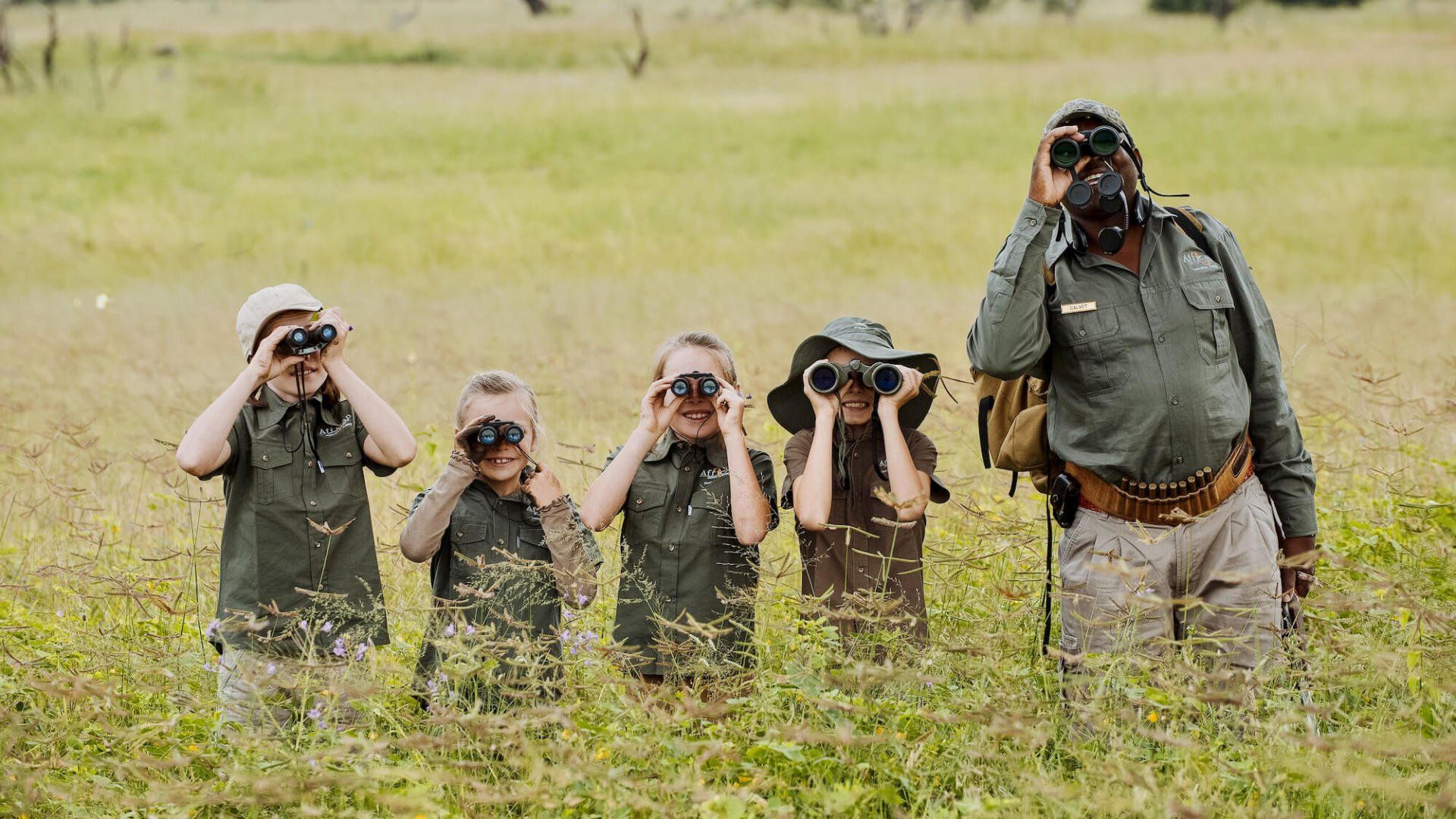
By Predators Safari Club
•
02 Mar, 2020
For those parents with a sense of adventure, Tanzania is a destination with beautiful attractions, including wildlife, sandy beaches, family-focused guides, superb lodges with swimming pools and good weather. Best Regions for Kids Northern Tanzania: is safari country and Maasai country. It's not cheap, but kids will love seeing the animals, as well as the many colourful cultures. A good selection of child-friendly hotels and restaurants completes the picture. Zanzibar Island: the gentle beaches alone are enough to make the island the perfect family destination. Many hotels also have swimming pools (ideal for passing the time while the tide is out) and spacious grounds, and there's a wide choice of child-friendly cuisine. North-Eastern Tanzania: Saadani National Park makes the northeast a child-friendly choice.
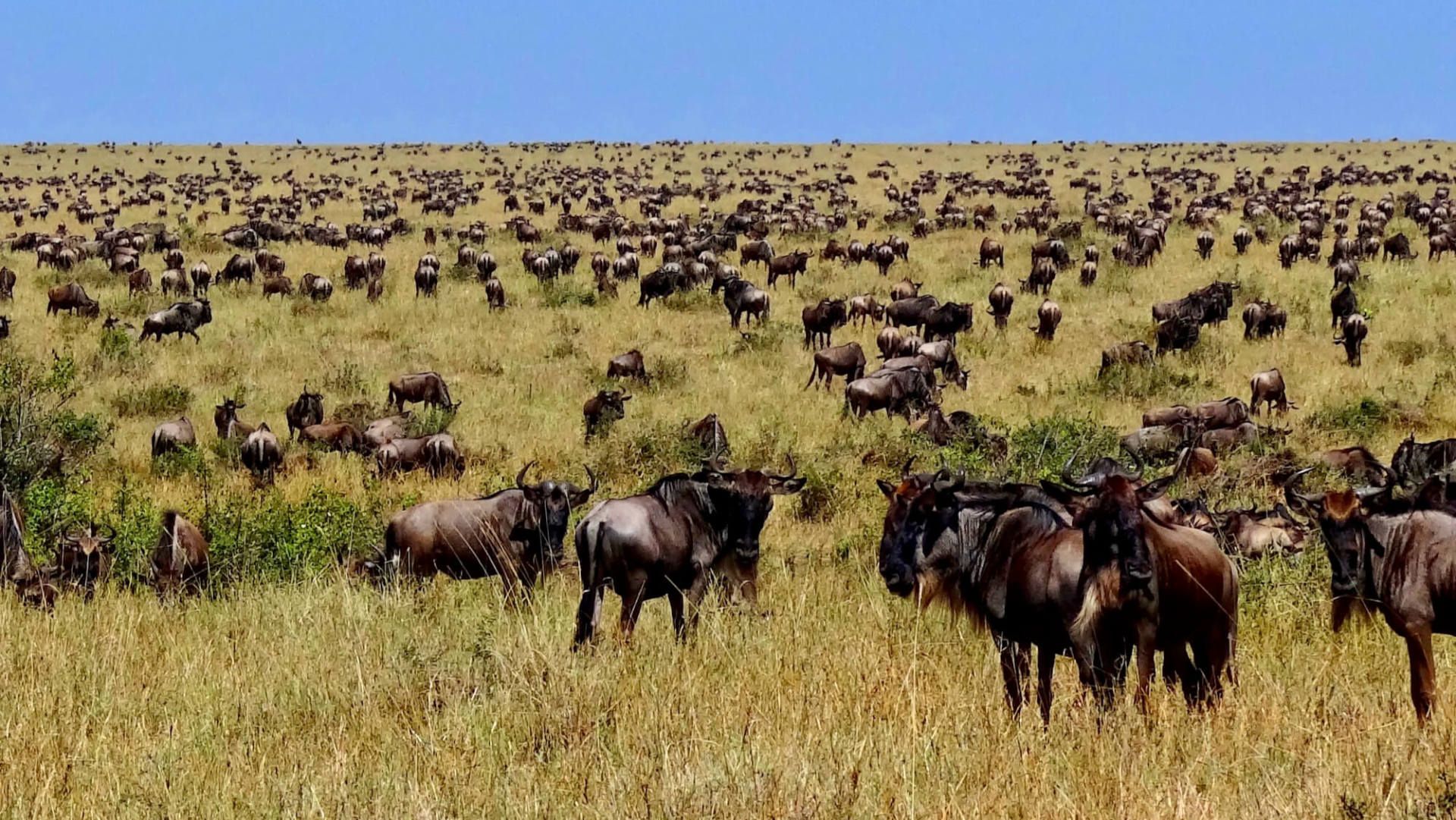
By Predators Safari Club
•
02 Mar, 2020
The Great Wildebeest Migration is one of the "Seven Nature Wonders of the World". It is also the largest single movement of wild animals in the world and the main reason why so many safari-lovers visit Tanzania & Kenya to see one of the world’s most thrilling, intriguing and spectacular displays of wildlife behaviour.
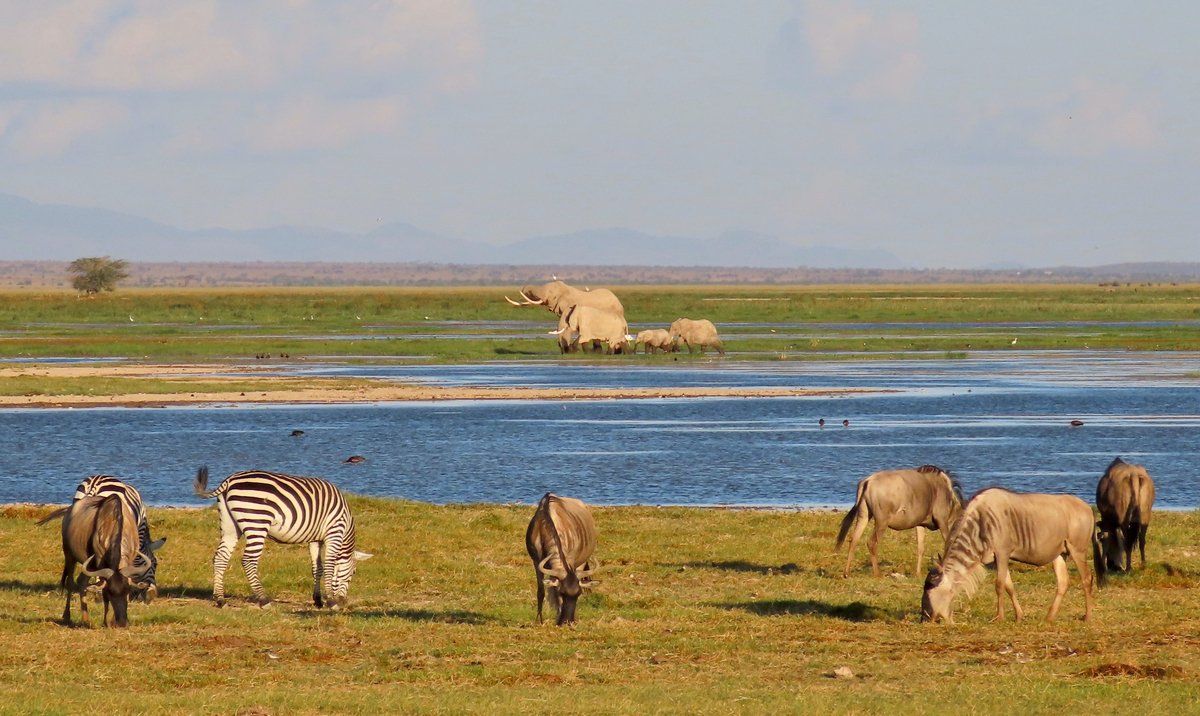
By Predators Safari Club
•
06 Feb, 2020
The park has a dense population of the big five species. The park's most famous residents are its herds of free-ranging elephants, but it is also home to many other rare species which makes it the most interesting thing; the diversity of flora and fauna, within the park and around it.
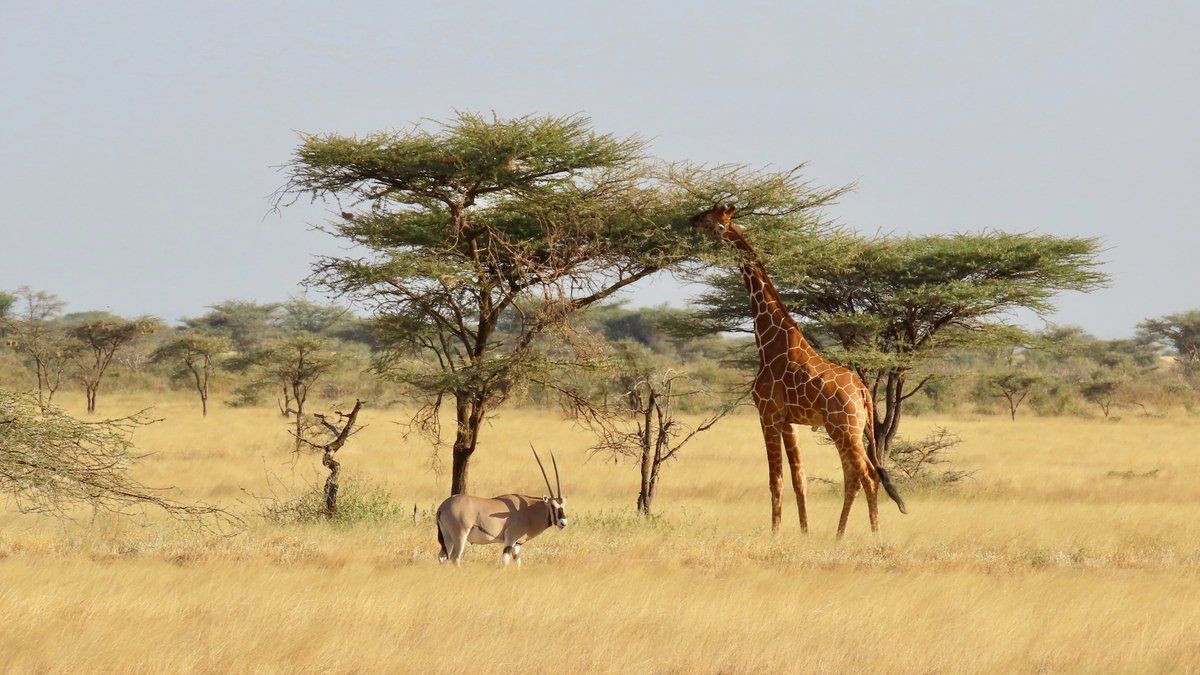
By Predators Safari Club
•
06 Feb, 2020
Several dry-country adapted mammals that don't occur in most Kenyan parks can be found here. The Reticulated giraffe has a more striking pattern than the common Masai giraffe. Beisa Oryx is particularly well adapted to arid conditions. The Gerenuk, with its elongated neck, is able to stand on its hind legs to reach sparse leaves. Both the common Burchell’s zebra and the bigger Grevy’s zebra are found alongside each other.
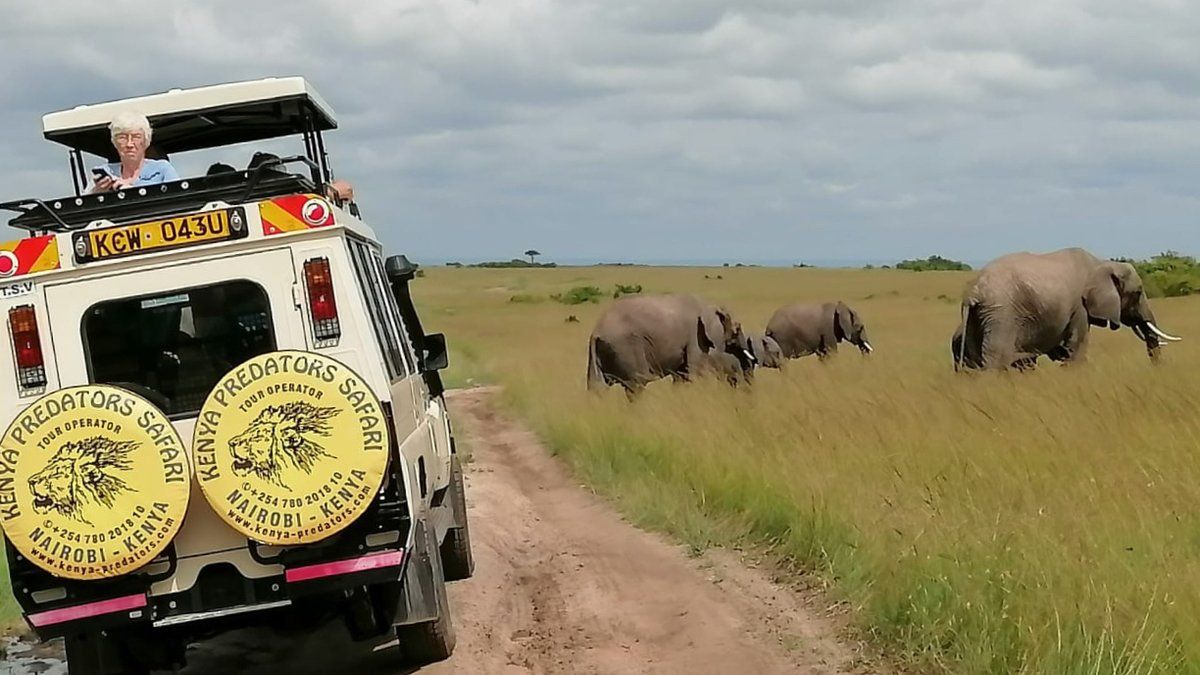
By Predators Safari Club
•
30 Jan, 2020
Predators Safaris managed MANY KENYA SAFARIS in the past, but in 2019 we opened a fully operational office in Kenya (Nairobi) with permanently employed office staff, guides and our own fleet of vehicles for Kenya. You can now enjoy the Predators personal service touches on the same level as in Tanzania
BOOK YOUR KENYA OR TANZANIA SAFARI TODAY!
CALL US TODAY
CONTACT US:
General enquiries:
Tour Operator should contact:
TANZANIA OFFICE:
Predators Safari Club
Namanga Road
Sakina Area
Arusha, Tanzania
Copyright © 2021 Digital Zoo Website Design Company
- All Rights Reserved

